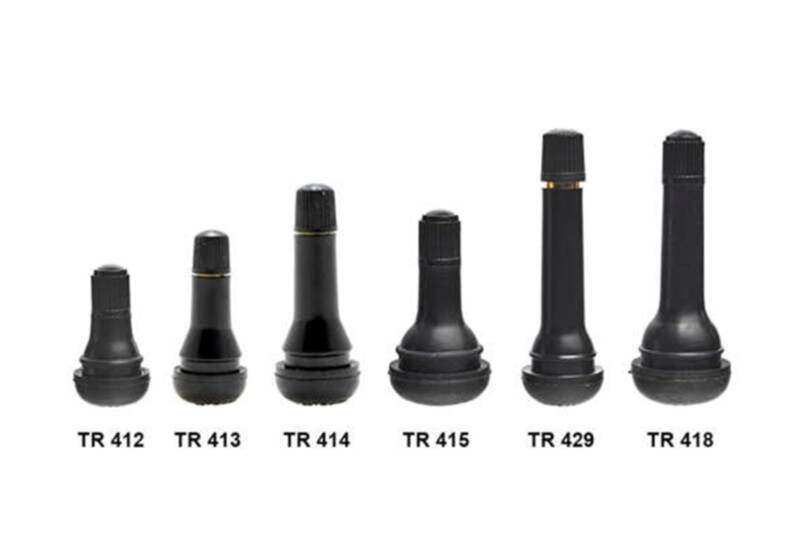Email format error
Email cannot be empty
Email already exists
6-20 characters(letters plus numbers only)
The password is inconsistent
Email format error
Email cannot be empty
Email does not exist
6-20 characters(letters plus numbers only)
The password is inconsistent


Introduction to Tire Valve
1. What is a tire valve?
The tire valve is an important component of a car tire, responsible for exhaust and inflation functions. The air pressure inside the tire directly affects the handling, safety, and fuel economy of the vehicle during driving. Therefore, understanding the function and types of tire valves is crucial for the maintenance of the vehicle.
2. Basic structure of tire valve
The tire valve is usually composed of the following parts:
1. Valve body: generally made of metal or plastic, it serves to connect the tire to the external environment.
2. Sealing gasket: located at the bottom of the valve, it ensures gas sealing.
3. Valve core: the core part of the valve, responsible for opening and closing to allow gas in and out.
4. Dust cap: used to protect the valve stem, prevent dust and water from entering, and ensure normal air pressure.
3. Functions of tire valve
1. Inflation and deflation: the tire valve allows for easy inflation and deflation to ensure the air pressure inside the tire reaches the standard value.
2. Maintaining air pressure: a good tire valve should have excellent sealing performance to prevent air leakage and maintain stable air pressure.
3. Safety: the condition of the tire valve is crucial for driving safety. A damaged valve can cause tire leaks, potentially leading to accidents.
4. Types of tire valve
Tire valves can be classified into the following types based on material and construction:
1. Rubber valve: lightweight and economical, standard for most passenger car tires.
2. Metal valve: usually used in high-performance vehicles, more durable and with better sealing performance.
3. Alloy valve: combines the advantages of metal and rubber, with good corrosion resistance and air tightness.
5. Maintenance and replacement of tire valve
To ensure the normal use of the tire valve, car owners should regularly check for damage or aging. Here are some maintenance suggestions:
1. Regular inspection: check tire pressure at least once a month and inspect for visible damage to the valve.
2. Clean the valve: ensure the valve surface is clean to prevent dust and debris blockage.
3. Timely replacement: if the valve is found to be aging, cracked, or leaking, it should be replaced promptly to ensure driving safety.
6. Conclusion
The tire valve plays a crucial role in the normal operation of car tires. Proper maintenance can extend the life of the valve and ensure the safety and stability of the vehicle during driving. As a car owner, understanding the basic knowledge of tire valves, regular inspection, and maintenance are important steps to ensure safe travel for yourself and others.

